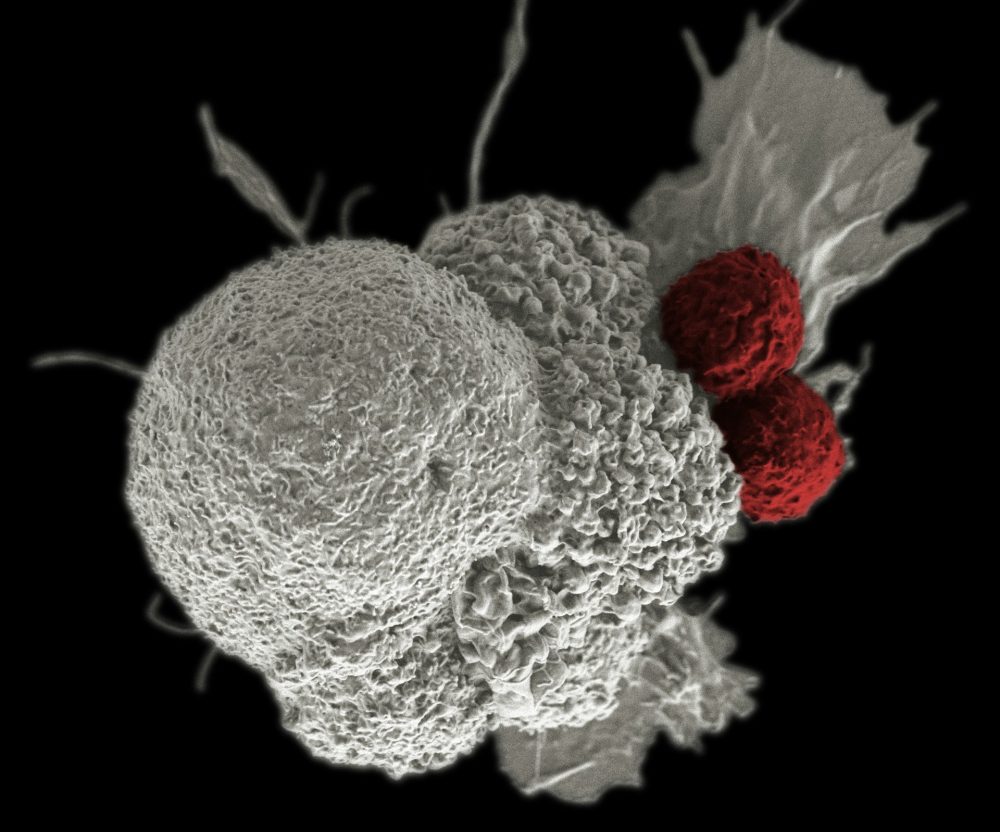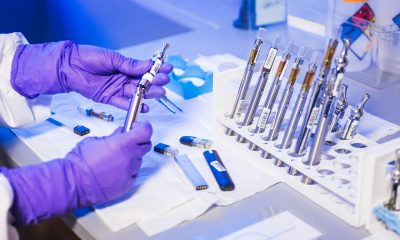Biotech
AI Project Identifies New Biomarkers for Rare Sarcomas
The Virgen del Rocío University Hospital, University of Seville, and Pablo de Olavide University launched an AI-driven project to identify sarcoma biomarkers. Using high-performance computing, the team analyzes massive genomic data, accelerating personalized oncology treatments. Early findings reveal novel candidate genes across sarcoma subtypes, offering promising advances for precision medicine, targeted therapies, and improved diagnoses.

The Virgen del Rocío University Hospital, the University of Seville (US) and the Pablo de Olavide University (UPO) have launched a joint project that uses high-performance computing and artificial intelligence (AI) to identify biomarkers in sarcomas, a group of rare cancers with high clinical and biological complexity.
The main objective is to accelerate the detection of molecular signals that allow for more effective and personalized treatments in oncology, especially in tumors where there is great molecular heterogeneity and an abundance of complex biomedical data.
The multidisciplinary team, comprised of specialists in oncology, biomedical informatics, and data analysis, is developing an AI-based model to analyze millions of genomic and transcriptomic data points from clinical samples, reducing analysis times compared to conventional methods and more accurately prioritizing relevant biomarkers.
The process ranges from the purification of reliable clinical data to the creation of gene interaction networks and predictive models , using parallel computing environments that allow for massive data processing in reduced time.
Using this methodology, the team has identified new candidate genes as potential molecular biomarkers in different sarcoma subtypes. In the case of leiomyosarcoma, preliminary analyses have identified CSF1R and SOX9 as genes of interest. For malignant peripheral nerve sheath tumors, the genes IKZF3, RXRA, E2F3 and TBX19 have been identified, while in Ewing sarcoma, COL11A1, VCAN, BUB1B, CDC20, UBE2C and AURKA stand out as potential relevant molecular markers. Finally, in cases of osteosarcoma, the prioritized candidates have been NKX2-1, TAL1, GFI1 and IKZF1 .
Many of these genes had not previously been associated with these specific sarcoma subtypes , which represents a significant advance in the molecular characterization of these tumors and could open new avenues for the development of targeted therapies or earlier diagnoses.
The results are currently being cross-validated with external databases and independent clinical cohorts, a necessary step to confirm their applicability in real-world clinical settings.
From the Virgen del Rocío University Hospital, oncologists José Luis López Guerra and Inmaculada Rincón Pérez , from the Department of Radiation Oncology, participated . For Dr. Rincón, “this study highlights the importance of multidisciplinary collaboration between oncologists and engineers, a key collaboration in the search for biomarkers that allow for a more personalized and effective approach to the treatment of cancer patients . “
A promising project driven by AI
Professor Juan Antonio Ortega Ramírez , from the Department of Computer Languages and Systems at the University of Seville , emphasizes that “the use of high-performance computing and intelligent models allows us to discover hidden patterns in data and move toward faster, more robust, and personalized precision medicine.”
From Pablo de Olavide University, Dr. Francisco Antonio Gómez Vela , from the Department of Computer Languages and Systems, states that “thanks to these techniques and the joint work of multidisciplinary teams, we hope to make significant progress toward personalized treatments that improve the quality of life of patients suffering from these types of cancer.”
Although the project is still in its early stages, its results are promising and could transform the way sarcomas are diagnosed and treated in the coming years , contributing to the development of AI-based clinical tools in precision oncology.
__
(Featured image by Igor Omilaev via Unsplash)
DISCLAIMER: This article was written by a third party contributor and does not reflect the opinion of Born2Invest, its management, staff or its associates. Please review our disclaimer for more information.
This article may include forward-looking statements. These forward-looking statements generally are identified by the words “believe,” “project,” “estimate,” “become,” “plan,” “will,” and similar expressions. These forward-looking statements involve known and unknown risks as well as uncertainties, including those discussed in the following cautionary statements and elsewhere in this article and on this site. Although the Company may believe that its expectations are based on reasonable assumptions, the actual results that the Company may achieve may differ materially from any forward-looking statements, which reflect the opinions of the management of the Company only as of the date hereof. Additionally, please make sure to read these important disclosures.
First published in iSanidad. A third-party contributor translated and adapted the article from the original. In case of discrepancy, the original will prevail.
Although we made reasonable efforts to provide accurate translations, some parts may be incorrect. Born2Invest assumes no responsibility for errors, omissions or ambiguities in the translations provided on this website. Any person or entity relying on translated content does so at their own risk. Born2Invest is not responsible for losses caused by such reliance on the accuracy or reliability of translated information. If you wish to report an error or inaccuracy in the translation, we encourage you to contact us.

-

 Crowdfunding6 days ago
Crowdfunding6 days agoCrowdfunding Grants Open for Business Projects Until January 2026
-

 Impact Investing2 weeks ago
Impact Investing2 weeks agoHigh Awareness, Low Adoption: The VSME Challenge for European SMEs
-

 Crypto5 days ago
Crypto5 days agoBitcoin in 2025: Mainstream Momentum, Price Weakness, and a Pivotal Year Ahead
-

 Biotech2 weeks ago
Biotech2 weeks agoCAR-T Therapies: From Breakthrough Cancer Treatment to Faster, Safer, and More Accessible Immunotherapy













